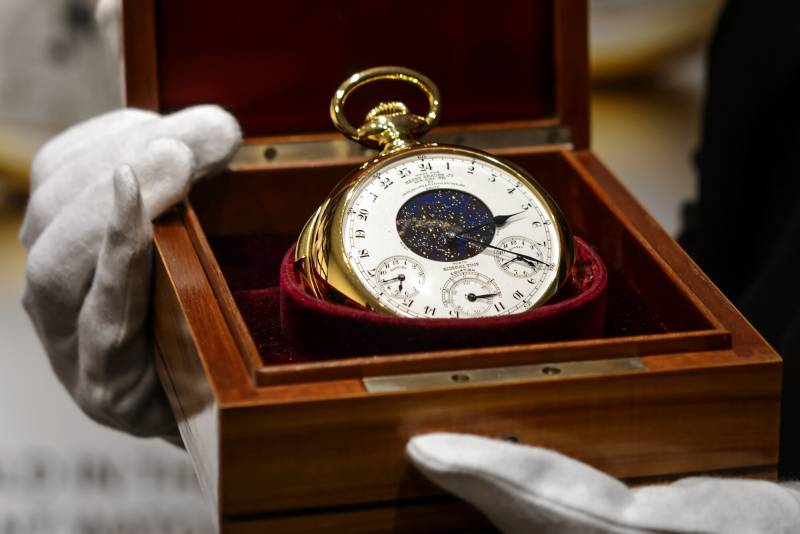Antonio Canova was the first contemporary artist whose work was included in the Vatican Collections. He was a favorite of both Napoleon Bonaparte and Pope Pius VII, worked as a diplomat for the Papal States, and conserved his country Italy's historic art. Antonio Canova was a successful artist by any measure: he was adored by the discriminating European public, lavished with praise by the elites, and venerated by his contemporaries. Canova produced the Neo-Classical aesthetics that would later inspire Italian Revolutionaries battling against Greater Powers as embryonic Italian nationalism began to emerge. Canova, a Venetian at heart, never fully grasped the political concept of Italian unity. His significance on Italian state-building, on the other hand, is frequently overlooked. Canova, after all,
National connections are never set in stone. They do, however, always rely on a cultural or linguistic kinship that can alter based on the shifting political developments of the moment. As a result, as an Italian in the 18th century, the concept of a unified nation-state with a single dominant language and culture was still novel and did not yet correspond with the Romantic conceptions of 19th-century Italy. To commemorate their Motherland, the Romantic Revolutionaries of that era died with flags on the barricades, composed odes, and created pictures.
Only a few decades before, the Romantic generation's glorified patriotism was non-existent. It is nearly hard to draw a precise line in Italy's shattered history between the development of nationalism and the sentiments of togetherness that preceded it. However, if Greater Power politics framed nationalisms, it was art that inspired and disseminated it. Antonio Canova's masterpieces are great examples of art that advocated unifying ideas that sparked waves of Italian nationalism. In this way, even after the artist's death, Canova was regarded as a hero of the nationalist struggle.



